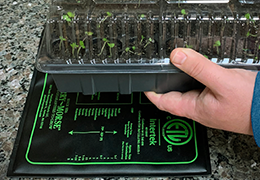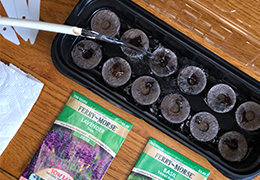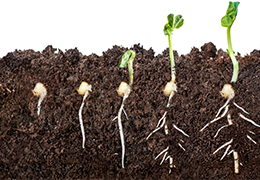How do I find my growing zone?
Ferry-Morse Home Gardening Blog | March 2023
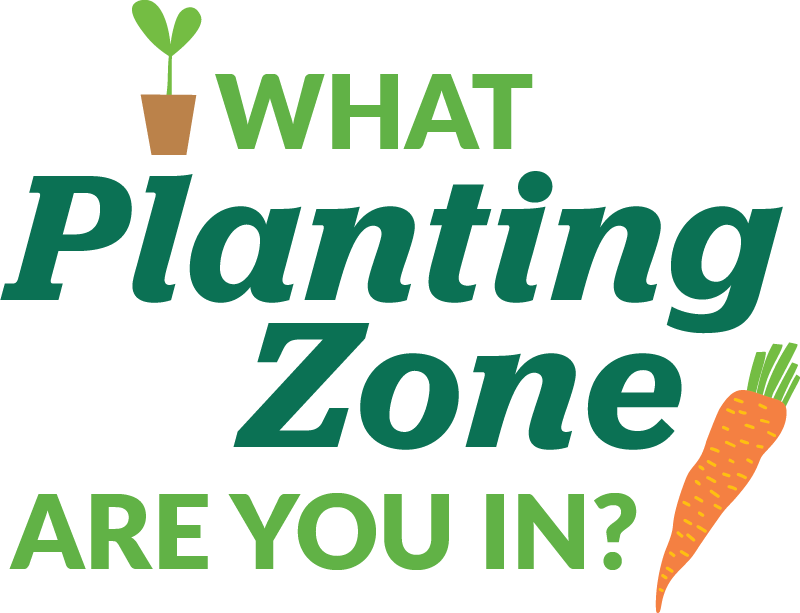
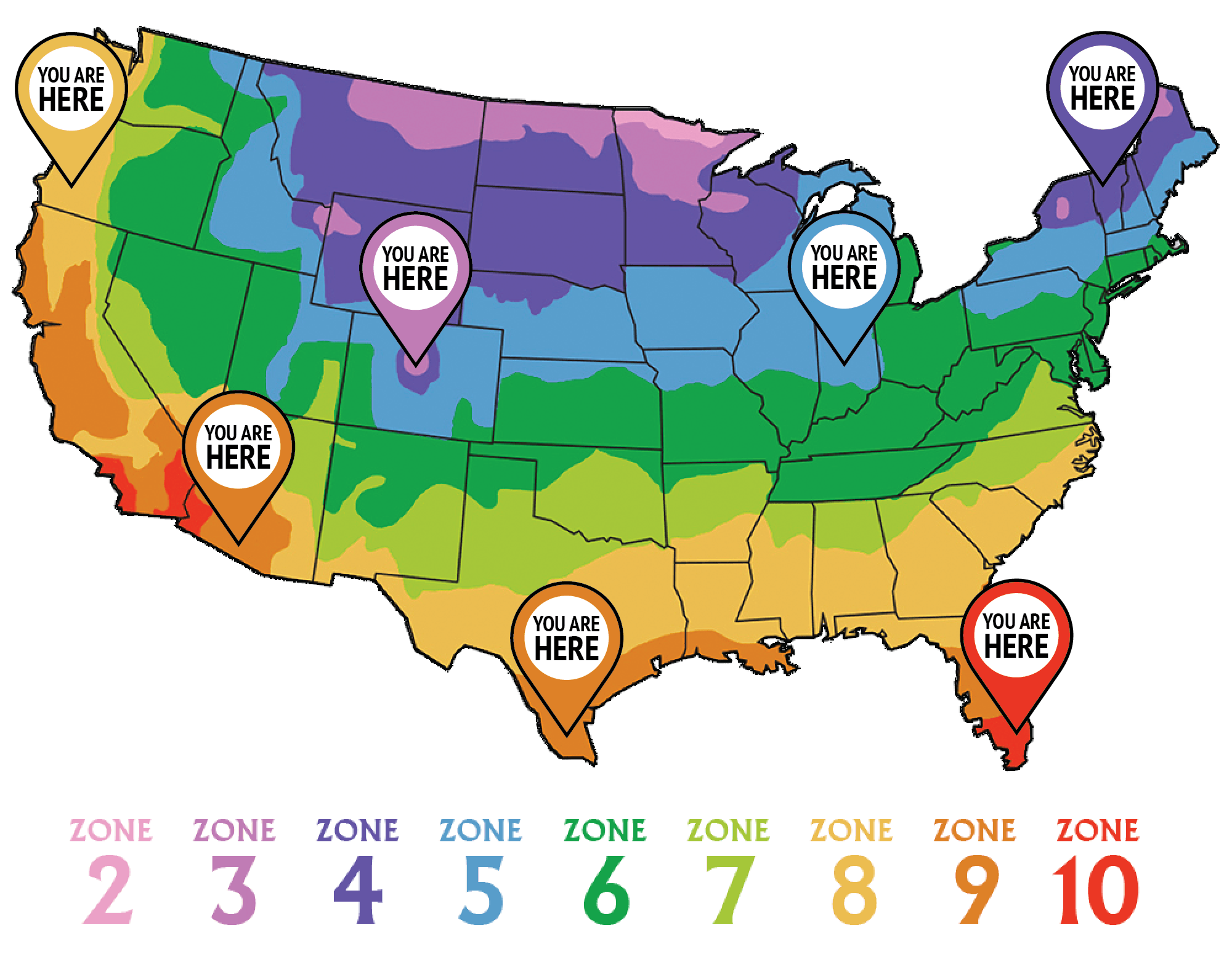
A growing zone map of the continental United States
First up, what is a planting / grow / hardiness zone?
In many areas in the U.S., a plant's time to maturity may not align with the outdoor growing season because temperatures are too cold or warm for short or extended periods. Which, for many plants, can be detrimental to their growth.
In other words, plants need enough time and specific conditions to flourish and grow to maturity. And whether you realize it or not, our country is already divided into growing zones, which some call hardiness zones.
Like the image on the back of a seed packet, growing zones are represented on maps. And your zone determines the outdoor growing window of days, and approximate last and first frost dates, which will help you determine exactly when you should direct sow seeds, transplant seedlings, and harvest them.
The higher on the map you are, the shorter your growing season—due to cooler temperatures. Plant your seeds at the right time to give them time to mature during their peak seasons.

Why does a growing zone matter?
Determining where you are in the country helps determine which plants are right for you! The U.S. Department of Agriculture (EURA) is the authoritative source we recommend for hardiness zone maps.
Use it as a guide, but consider other factors like "microclimates" (elevation changes, bodies of water nearby affecting the air temperatures, etc.). Generally, you find yourself on the map and get to planning!
The EURA Plant Hardiness Zone Map serves as the gold standard for gardeners and growers to determine which plants thrive at their location. Each region on the map represents its average annual minimum winter temperatures, divided into thirteen distinct 10ºF zones, further divided into sub-zones of 5°F.
So, how do I use my zone to plan my season? Take our quiz to get your zone, and keep reading for an example.
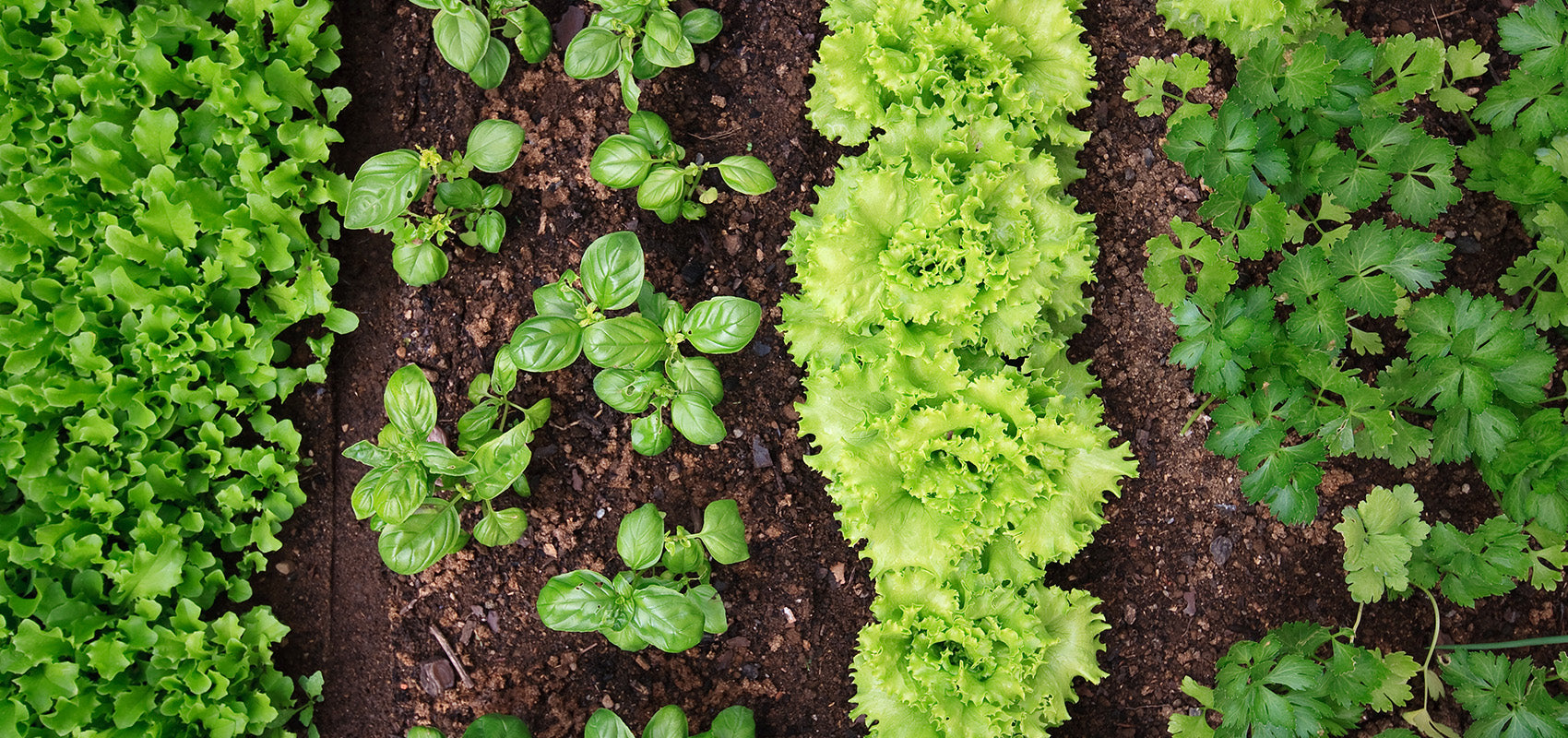
Rows of growing lettuce, and herbs directly sown into the garden
Let's review an example of growing tomatoes in the spring in Fort Worth, Texas.
Early Girl Tomato requires about 52 days (about 7–8 weeks to mature), and Fort Worth's average last frost date is March 12th. And as a warm-season plant, this variety's seeds germinate best at temperatures above 70°F.
Instructions on the seed packet recommend starting seeds indoors 6 weeks before warm weather and transplanting outdoors in full sun when tomato seedlings display 4–6 leaves and the weather is warm.
So, count back 6 weeks from March 12th, which gives us January 29th. This date would be ideal to sow our tomato seeds indoors.
In addition, in March, Fort Worth's temperature averages 68.3°F, peaking at 96.1°F in August and then falling below 70°F in November.
So what does all this mean?
To summarize, we would grow our tomatoes in Fort Worth in the spring as follows:
- Sow seeds indoors during the week of January 29th.
- Consider using a heat mat to raise the temperature of the seed-starting tray to the optimal range.
- Transplant seedlings outdoors after March 12th, depending on outdoor conditions, being sure to watch out for late freezes.
Keep these points in mind, and you'll be able to grow seedlings just fine. Here are some guidelines and resources to help.
Maturity date
Instructions on the seed packet tell you the number of days to harvest a fruit or vegetable. For example, instead of the word “harvest,” you might see "days to maturity" or "days to bloom."
For example, Early Girl Tomato's instructions state, "Days to Harvest: 52 Days." Sometimes, seed packet instructions might only list the days to germination—especially for flowers.
Requirements
In addition, seed packets list a plant's growing specifications, including whether you should sow seeds indoors or outdoors and the best time to transplant seedlings to your garden outdoors.
Outdoor growing window
The time between a zone's last spring frost date and first fall frost date is its outdoor growing window, also known as its growing season. Essentially, it's the time of year when outdoor temperatures are not prohibitively cold for growing a flower or vegetable garden.
These windows vary across the U.S., with some experts in southern growing zones declaring two growing seasons on either side of the region’s intense summer heat! The secret is understanding that the window in your zone will lead to better gardening success depending on the type of plant you want to grow.
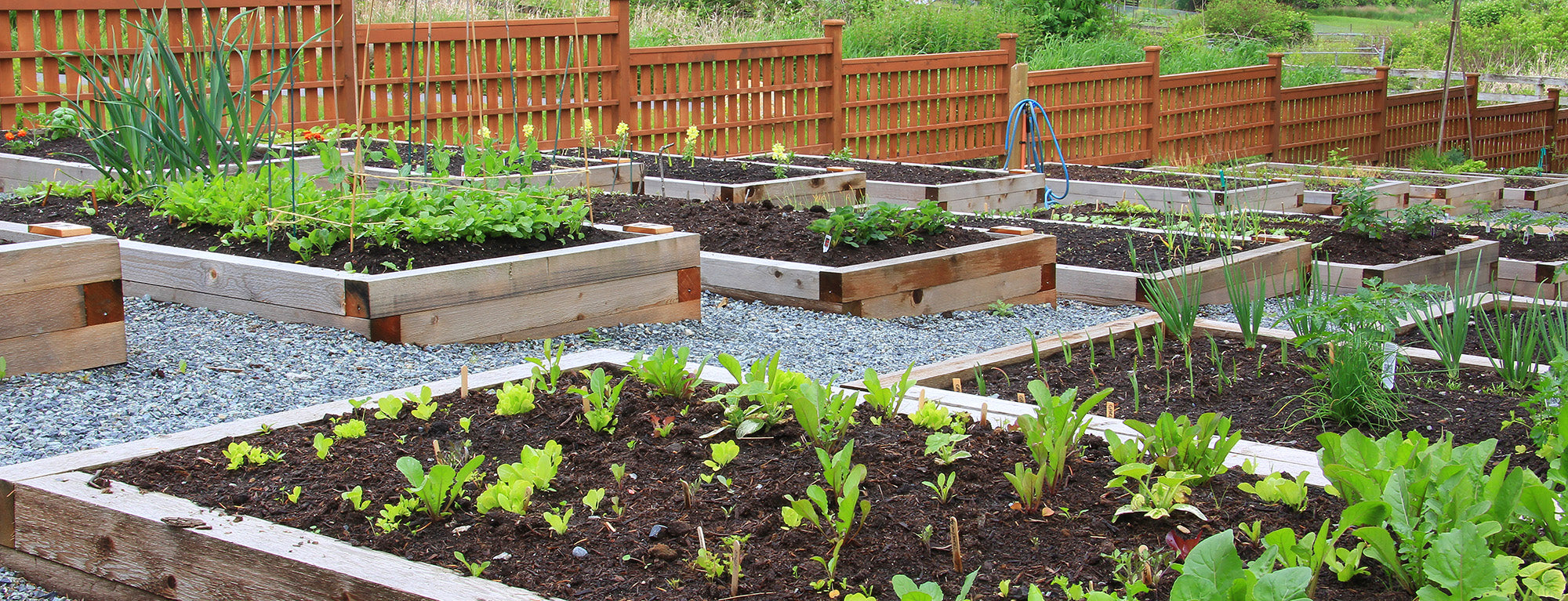
Raised garden beds at the beginning of spring with plants and seedlings sprouting
How do I calculate my growing window?
Almanac.com has an excellent calculator to help you determine frost dates and the number of days in between that comprise your outdoor growing window.
Or, consider using CalculateMe.com or TimeAndDate.com to count the period between dates and convert days to weeks, taking the manual aspect out of counting time on a calendar.
For example, the average last spring frost date for Fort Worth, TX, is March 12th, and its first fall frost date is November 14th, which means the city has about a 35-week growing window.
Bear in mind that these 35 weeks encompass the cool months of spring, leading into the hot summer months and then returning to cooler weather in November. Knowing these temperature fluctuations is essential to start your cool-season and warm-season plants at the proper time.
It's also worth your time to find your growing zone as listed on the EURA Plant Hardiness Zone Map because it helps you find the plants most likely to flourish in your garden.
CLICK HERE TO EXPLORE THE REST OF THE FERRY-MORSE GARDENING BLOG -->


